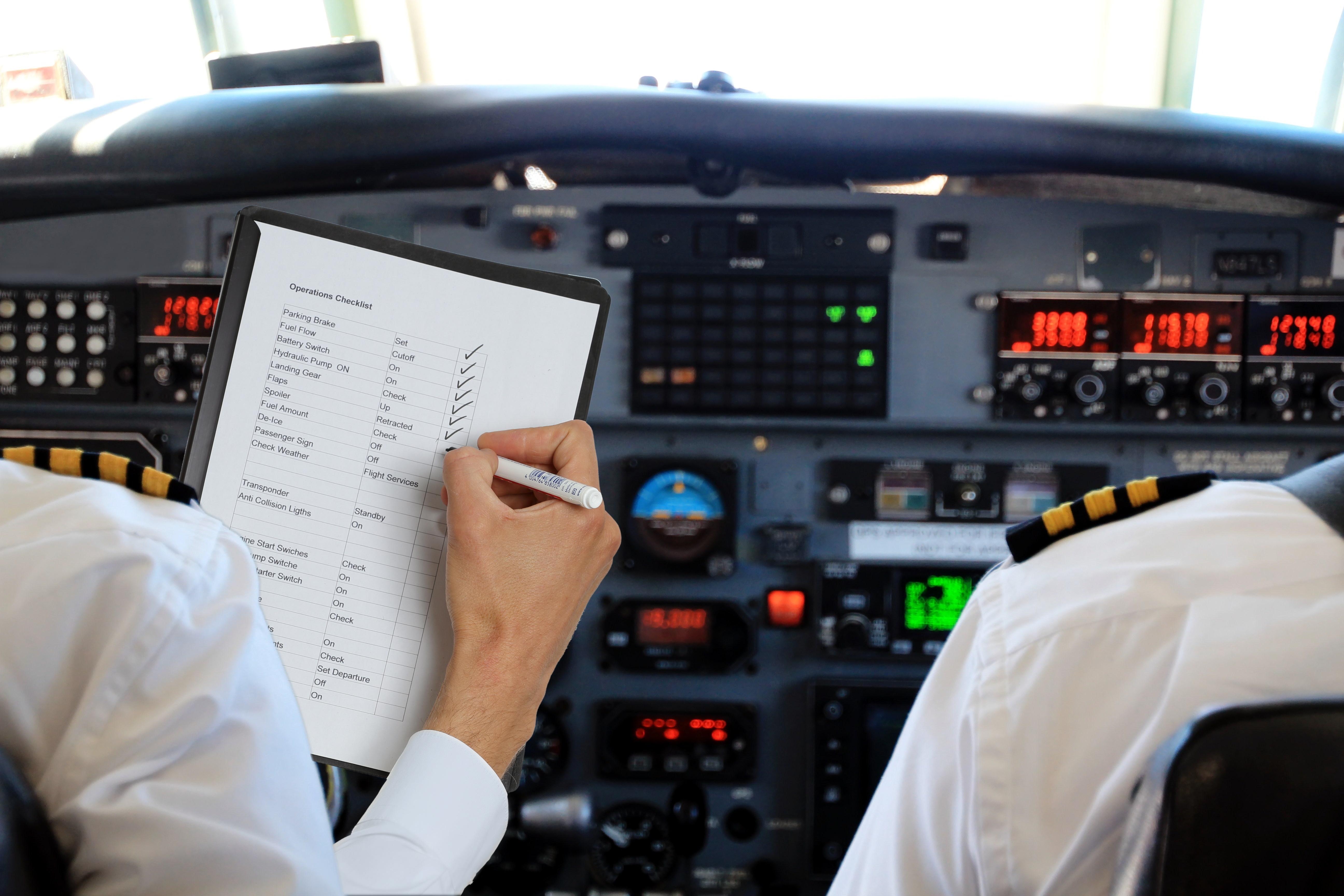
One of my earliest "Aha!" moments was given to me by a younger Learjet pilot who noticed I used the words "for" and "to" in clearance readbacks that could have been confused with the words "four" and "two.” He told me that instead of saying "November one-two alpha passing flight level two four zero for nine thousand," for example, I should have said, "November one two alpha passing flight level two four zero descending niner thousand." That was news to me, 30 years ago when he told me that. I’ve adopted the technique and over the years since, I hear more and more pilots using the method.
One of my more recent "Aha!" moments was learning that my before-takeoff and approach briefings had become rituals that might as well have been recorded and played back instead of me going through the trouble of reciting them. I was giving them without really considering what I was saying and the other pilot had heard them so often he wasn't really listening. We've since adopted a more threat-oriented approach to these briefings. We no longer cover the basics that everyone has heard thousands of times or things that are a part of normal pilot duties. We now emphasize the things that are different from normal and are our greatest threats.
One of the greatest benefits of a peer review is a chance to hear another perspective on how we do things, aside from those we normally fly with. Having spent many years in jump seats giving check rides and line observations, I have been eyewitness to all manner of automation misbehavior that were hard to spot from the two front seats.
I've often noticed pilots briefing their approaches without looking at the FMS, only to be confused when the “box” did something they didn’t expect. I politely told the pilots that I noticed the FMS had the wrong approach or the correct approach but with the wrong missed approach. Comparing the FMS to the approach plate is not only a check on the pilot who did the programming, but the FMS itself.
Every now and then I see two pilots independently program their onside FMS, undoing the work of the other pilot and sometimes creating confusion when the FMS didn't react as planned. I explain my first two tenets of crew FMS usage: Flight plan changes should only be made by the pilot monitoring, and no changes should be made without the other pilot's knowledge. They don’t always agree, but at the very least I gave them what amounts to industry best practices to consider.
I once witnessed a Gulfstream pilot struggle with a crosswind landing, attempting a wing-low landing with about 20 kt. on the wing. It ended with the airplane in one piece, but it wasn't pretty. The other pilot agreed that Gulfstreams are not easy in a crosswind. Of course, this isn't true. Both pilots were unaware that the correct landing procedure in their aircraft is to fly a crab until the flare, at which point it is aligned with the runway. See “Cross With Care” (BCA, June 2015) for more about this.
A Peer Review Will Make You a Better Pilot
At my last peer review, conducted by a friend who is a check airman at a major airline, I learned that I am not as good at observing the sterile cockpit rule as I think I am. He, in turn, picked up some excellent pointers on maintaining situational awareness while taxiing. See “Pointing and Calling” (BCA, July 2017) for more about this. The peer review has made me a better pilot and I think it helped my peer as well. You should consider inviting a peer of your own to watch you fly. It may help you both.
Editor’s Note: The first two parts of this series on peer reviews are "Importance of Peer Reviews" and "How To Conduct A Peer Review."





